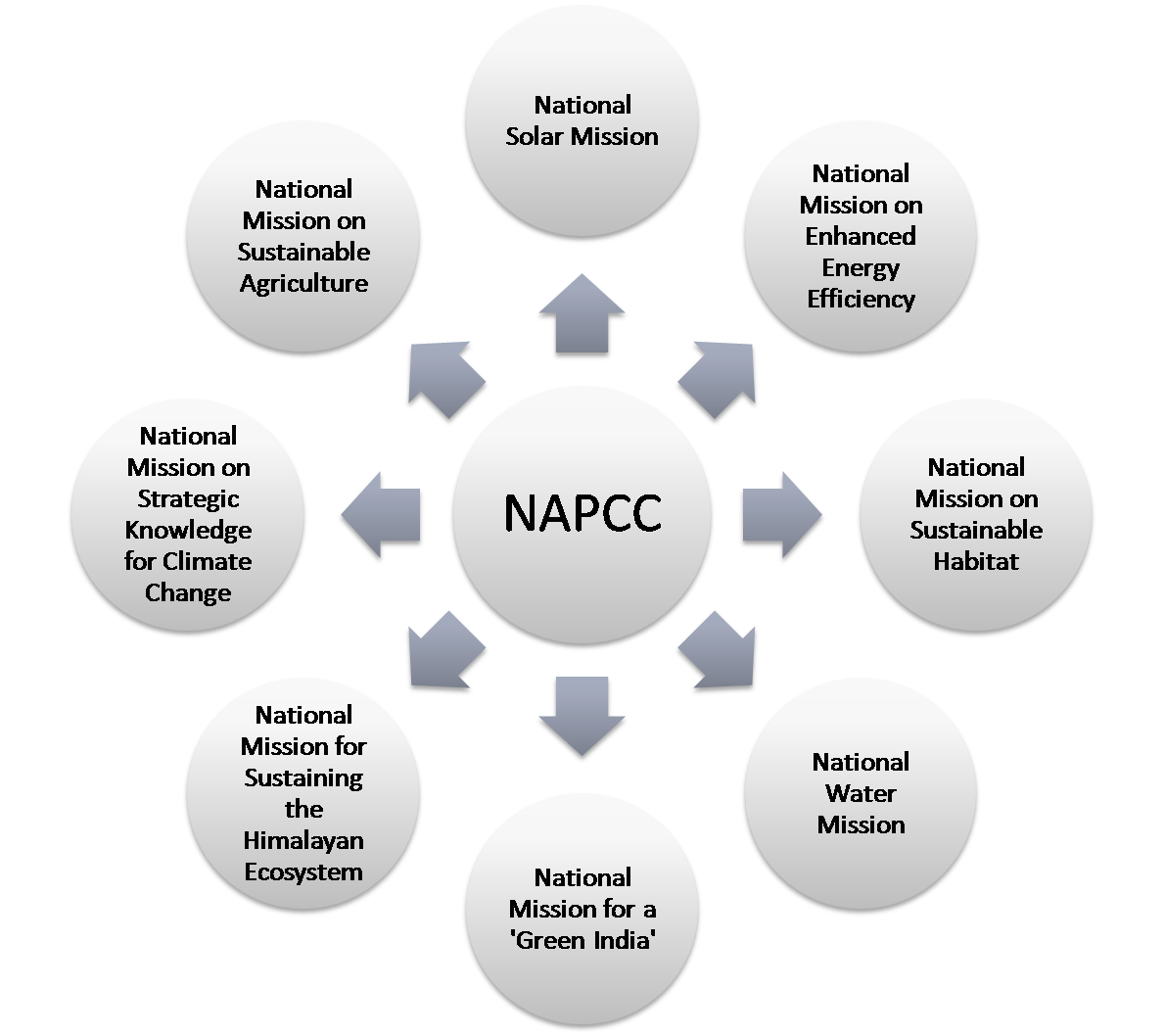The National Action Plan on Climate Change
As per the IPCC fourth assessment report on climate change, situation is getting worse as time passes. Through the direct observations of changes in temperature, sea level and snow cover in the northern hemisphere during 1850 to the present, it can be concluded that the warming of the Earth’s climate system is real. Global atmospheric concentration of carbon dioxide has increased from 280 ppm to 379 ppm (Between pre-industrial era to 2005). Natural emission of greenhouse gases (GHGs) is essential to maintain life on earth by keeping the earth’s atmosphere warm (Greenhouse effect). Anthropogenic activities emit additional GHGs to the atmosphere and the problem begins with excess saturation of these gases. It has also been proved that there is a direct link between increasing concentration of GHGs in the atmosphere and the global climate deterioration.
Climate change is a global challenge and needs international as well as domestic action plans for mitigation. Climate change can alter the distribution and quality of India’s natural resources and adversely affect the population. Growth demands optimum consumption of natural resources which leads to its depletion but maintaining high growth is essential for the country. Sustainable growth is the only way to keep growth patterns on the right track while reducing the vulnerability to the impacts of climate change. In order to strive on sustainable path for the nation, India launched the National Action Plan on Climate Change (NAPCC) on 30th June 2008. The National Action Plan has been prepared under the guidance and direction of Prime Minister’s Council on Climate Change.

NAPCC outlined eight national missions to achieve the targets set under the plan. These eight missions need appropriate institutional frameworks such as public private partnership and civil society participation for the effective delivery of the main objectives of each mission. These missions are intended to provide a concrete road map detailing how India plans to move forward in combating climate change.
National missions under the NAPCC;
2) National Mission On Enhanced Energy Efficiency
3) National Mission On Sustainable Habitat
5) National Mission for Sustainable Agriculture
6) National Mission on Strategic Knowledge for Climate Change
7) National Mission for Sustaining the Himalayan Ecosystem
8) National Mission for a ‘Green India
Reference: NAPCC Document, Govt of India
Read more on – Summary of Incentives and Subsidies for Renewable Energy Products by MNRE


